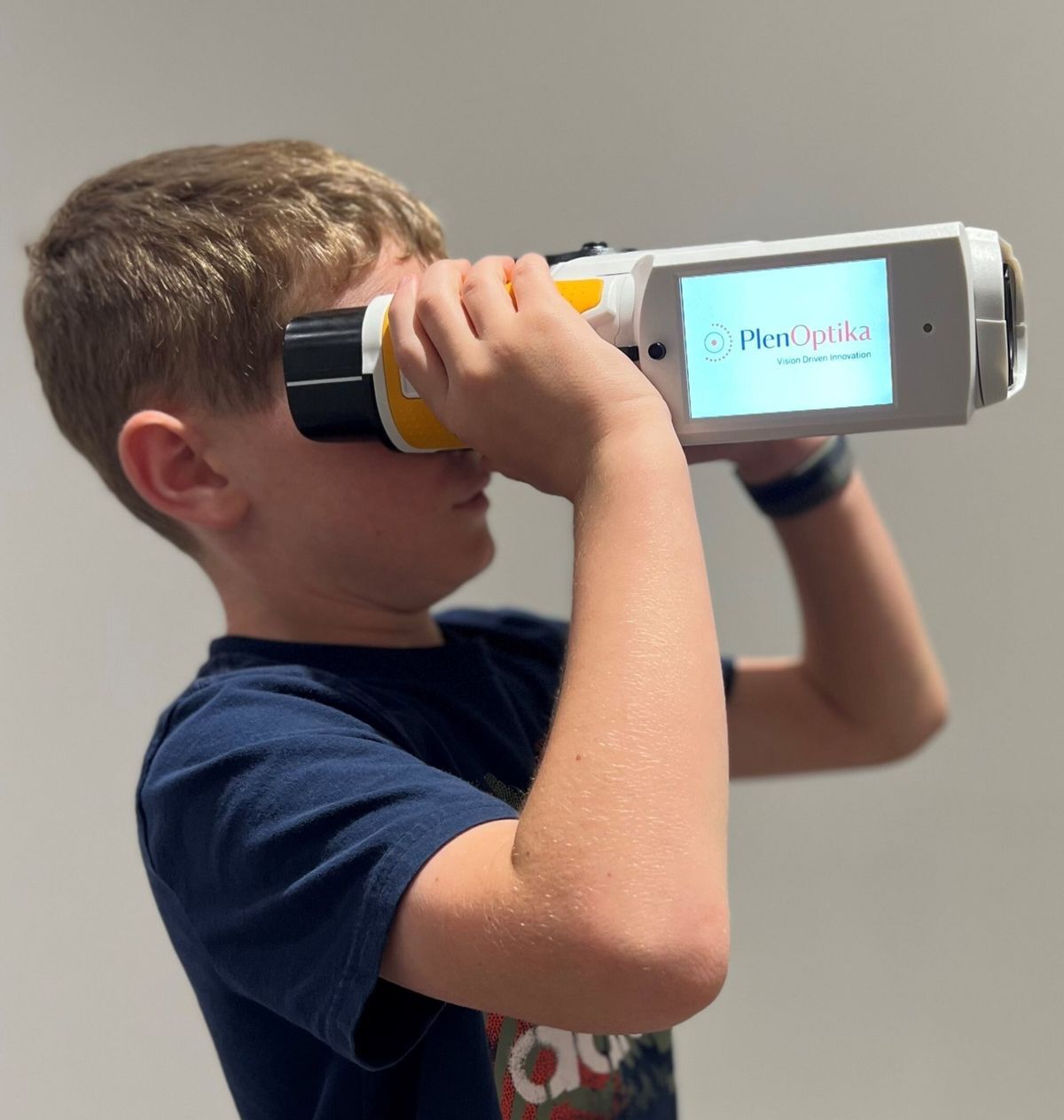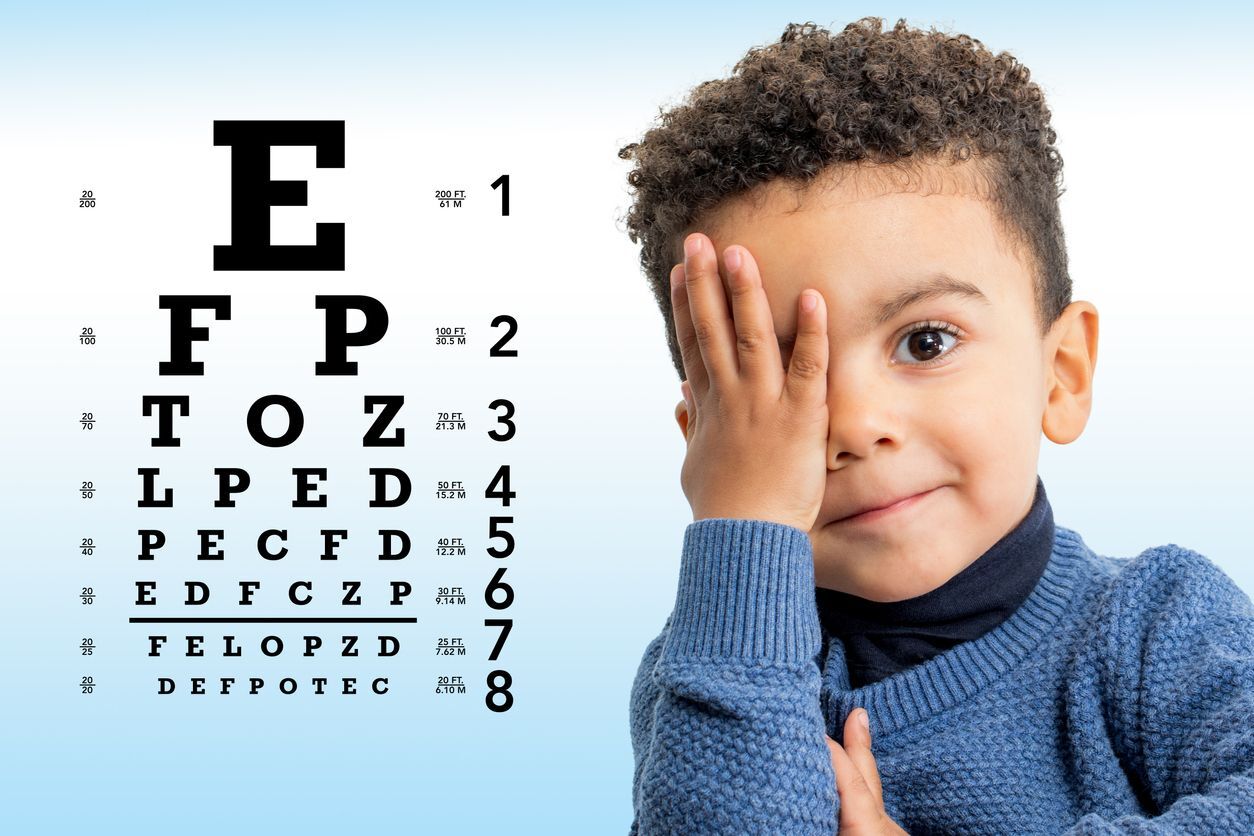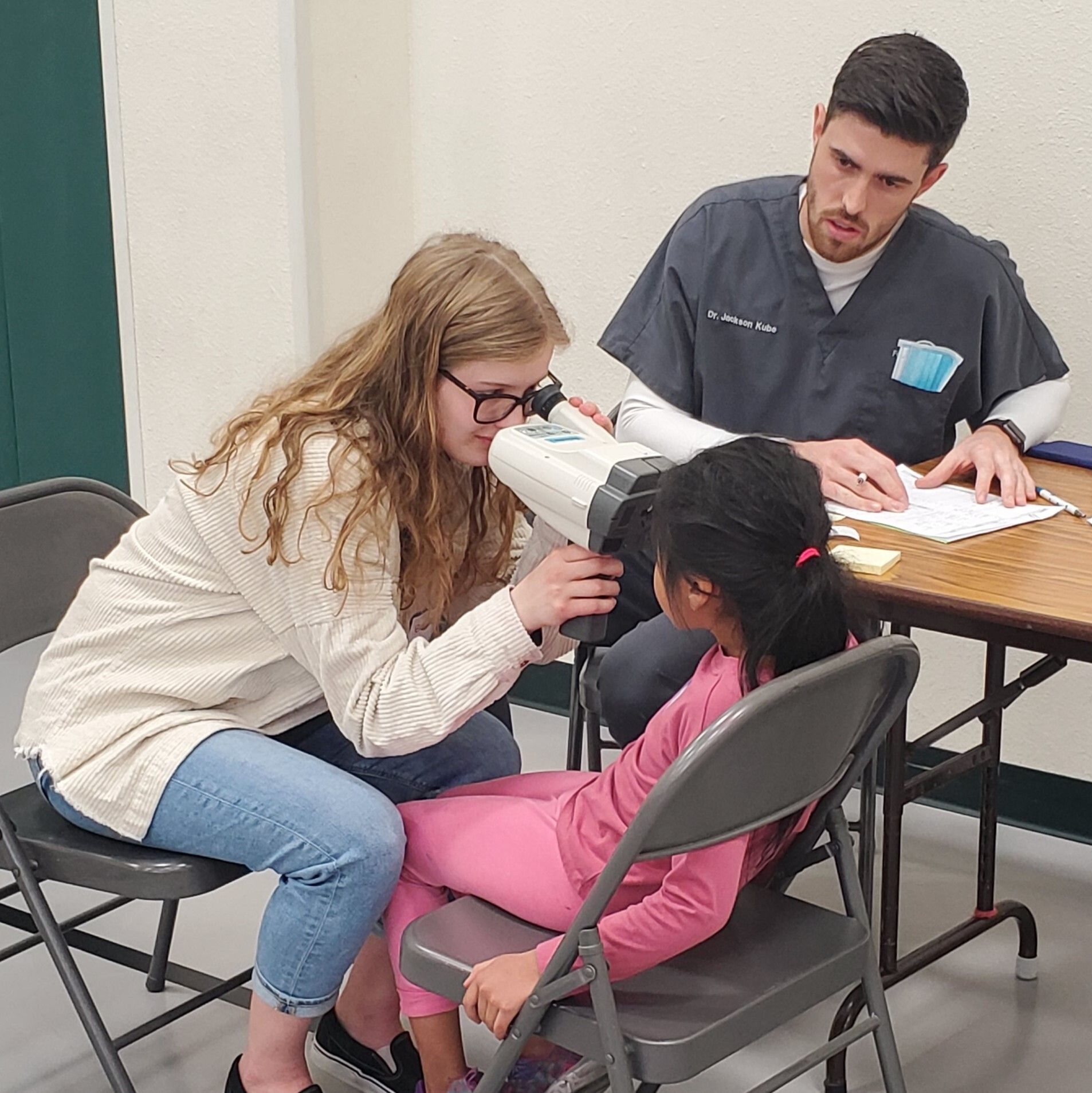What We Do
Up to 80% of what a child learns relies on their vision. We help children get the vision care they need so that they can meet their fullest potential in school and in life. The NFCV works to increase awareness and understanding on the critical link between vision and learning and to enhance and facilitate access to vision care for Nebraska children.






